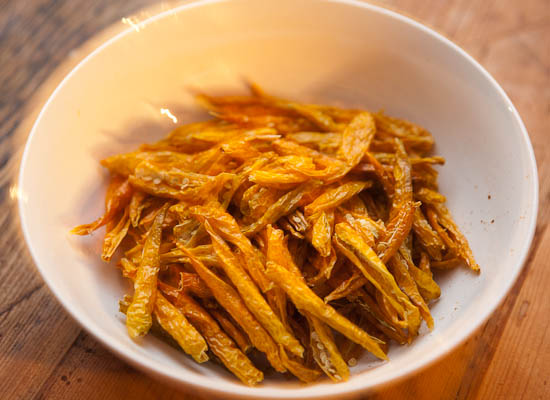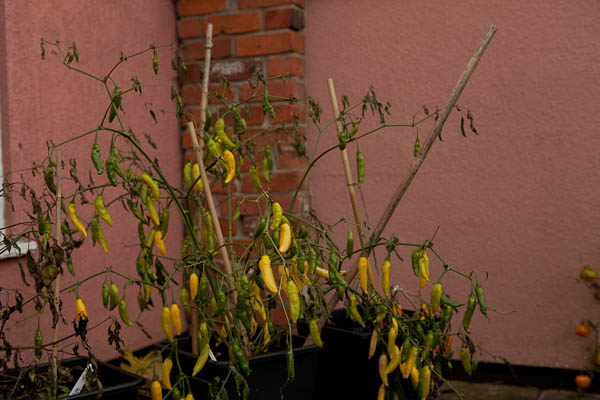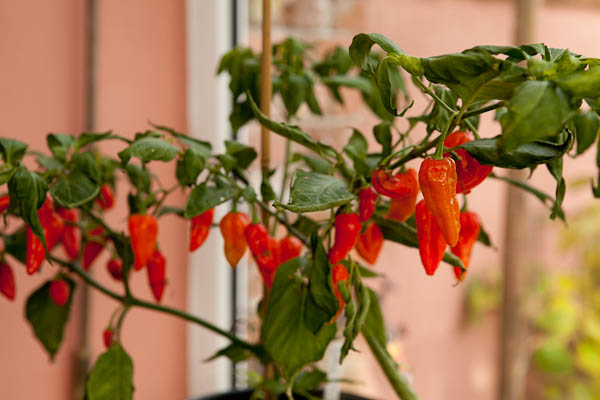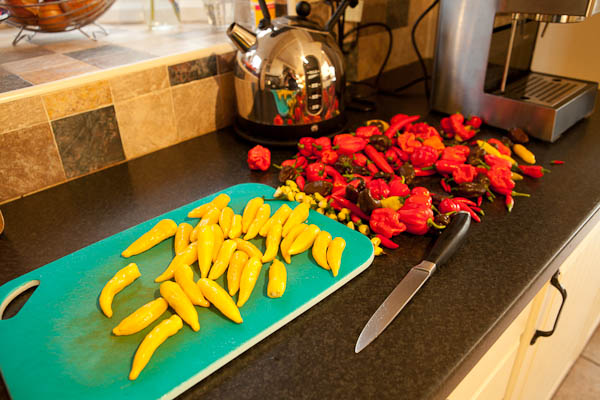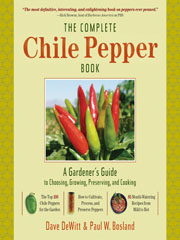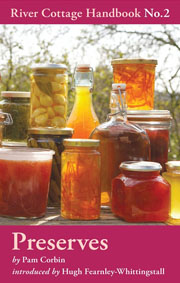Dal Makhani is a classic dish that originates from Northern India. It is a national treasure that until now I have found very hard to and replicate at home. After a few failed attempts using a regular pan and even a pressure cooker making this dal in a slow cooker is the only way I have managed to get an authentic tasting dal makhani at home.
When travelling around North India a few years ago I discovered the delights of Dal Makhani. I’ve since eaten it in 5 star hotels in India, family run restaurants all over the UK. To date by far the best I’ve tasted was the roadside ‘dhabas’ (truck stops) of Northern India.
I’ve heard time and time again, whenever I have asked, that the secret behind truly great makhani is the length of time it is cooked for (not just the cream and butter!). Traditionally the dal is cooked overnight in the restaurant tandoor after service has finished. The slowly cooling tandoors (that are traditionally sunk into the ground for better insulation) provide a constant source of low heat throughout the night. It is this very long cooking time that breaks the black (urad) dal down into such a creamy, rich texture. Using a slow cooker replicates this kind of traditional cooking perfectly.
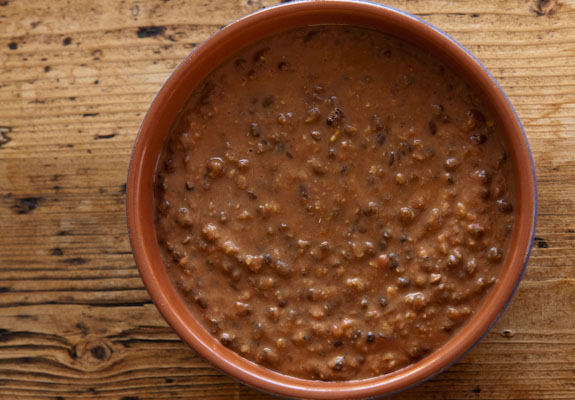
I’ve seen this dal cooked in restaurants in India and often an ungodly amount of cream and ghee (butter) are used to richen the dish up. The recipe below uses only a small amount of both so is relatively healthy. In fact you could easily leave the cream out and not notice it.
Dal Makhani Ingredients
- 2 Cups of black whole dal (urad dal)
- 1/2 cup of tinned kidney beans (rajma)
- 150g of tomato puree
- 2 tsp of cumin seeds
- 1 tsp of coriander seeds
- 1 tsp of black pepper
- 1 tsp of garam masala
- 1 tsp of dried fenugreek (methi) leaves
- 2 dried red chillies
- 3 crushed cloves of garlic
- 4 thumb pieces of ginger
- 2 tsp of salt
- 2 fresh green chillies
- 30g butter
- 100ml of fresh cream
Method
1. Thoroughly wash the dal in cold water until the water runs clear. Soak in a bowl of water overnight.
2. Wash the dal once more then add them to a pressure cooker along with 6 cups of water and cook for 5 whistles. If you don’t have a pressure cooker you can simply cook them overnight in a slow cooker overnight.
3. The lentils should now be cooked and relatively soft. Mash them roughly with a potato masher for a few seconds to break them down slightly. This helps to speed up the creation of that creamy texture.
4. Using a pestle and mortar or food processor grind the cumin seeds, coriander seeds, fenugreek leaves, black pepper and dried red chillies into a fine powder.
5. Combine the garlic and ginger into paste along with a little water in either a pestle and mortar or food processor.
6. Add the dal to the slow cooker along with the water they cooked in and the kidney beans.
7. Stir in the spice mixture from point 4, the ginger and garlic paste from 5, the tomato puree, salt, butter and fresh green chillies (cut in half). There should be at least an inch of the cooking water above the dal at this stage. If it looks a little too watery then it is probably perfect. If not add a little more water.
8. Cook in the slow cooker for at least 6 hours on a medium heat, ideally for 12 hours on a low heat. You can’t really over cook this dal, the longer the better.
9. Before serving stir in the cream and serve with freshly chopped coriander leaves.
As with all dal dishes this tastes even better the next day as the flavours have even more time to mingle with each other. The recipe above makes enough to serve about 8 people so if you need less simply half the recipe.
This dal freezes very well so I usually make a large batch and before adding the cream separate out any that I want to freeze into an air tight container. To reheat simple add the frozen dal to a pan and heat over a low flame until hot and cooked through.

